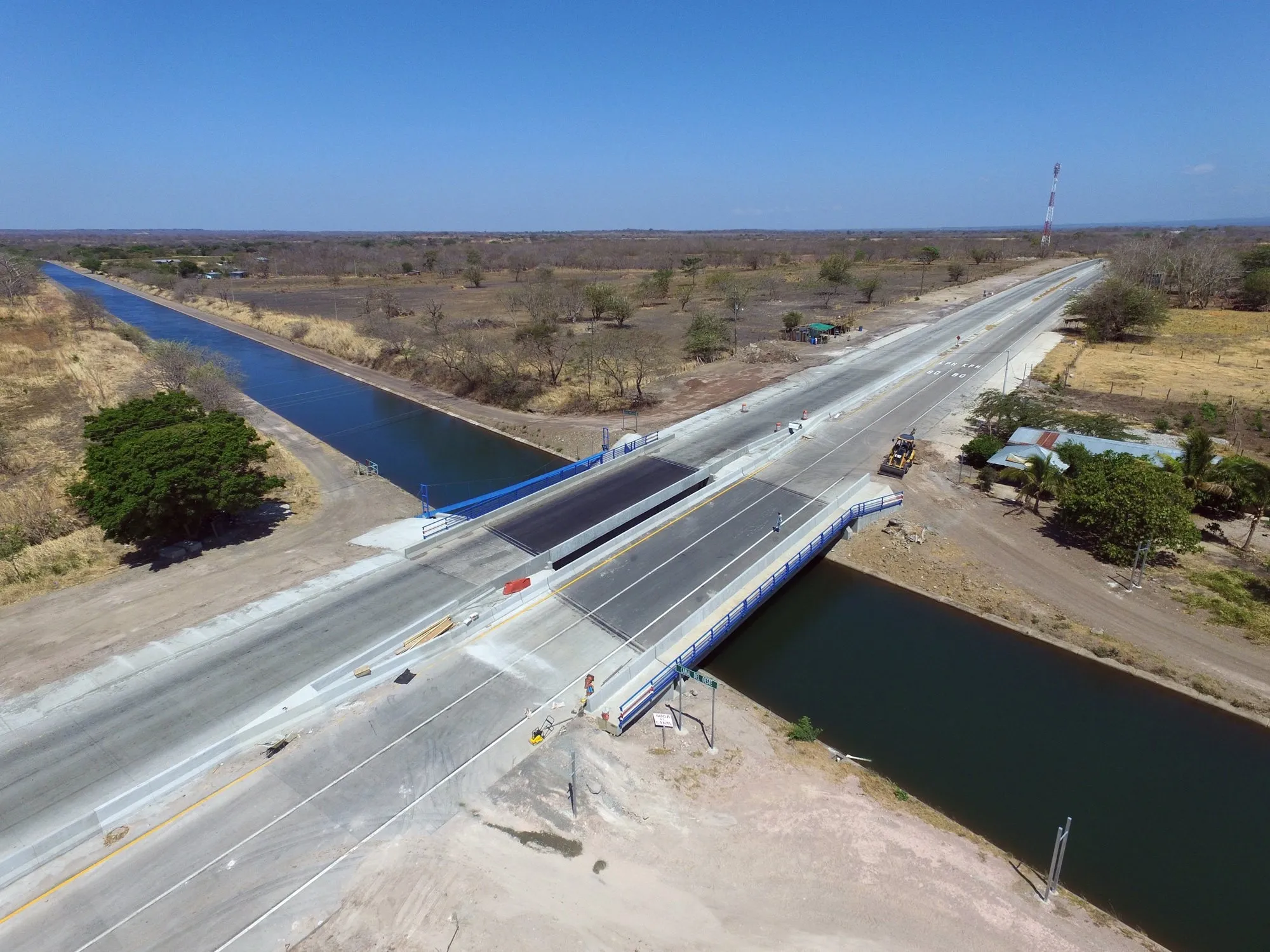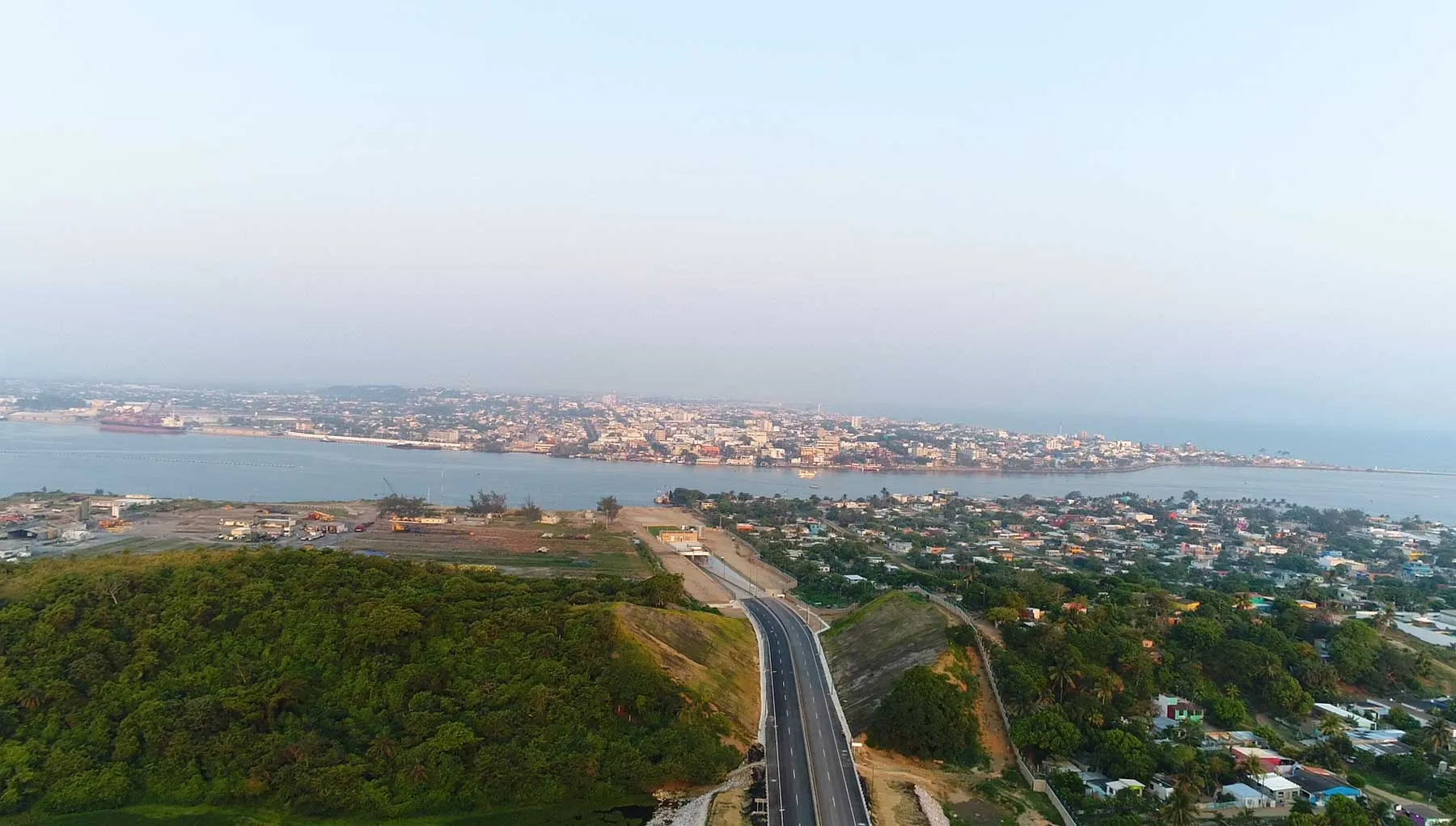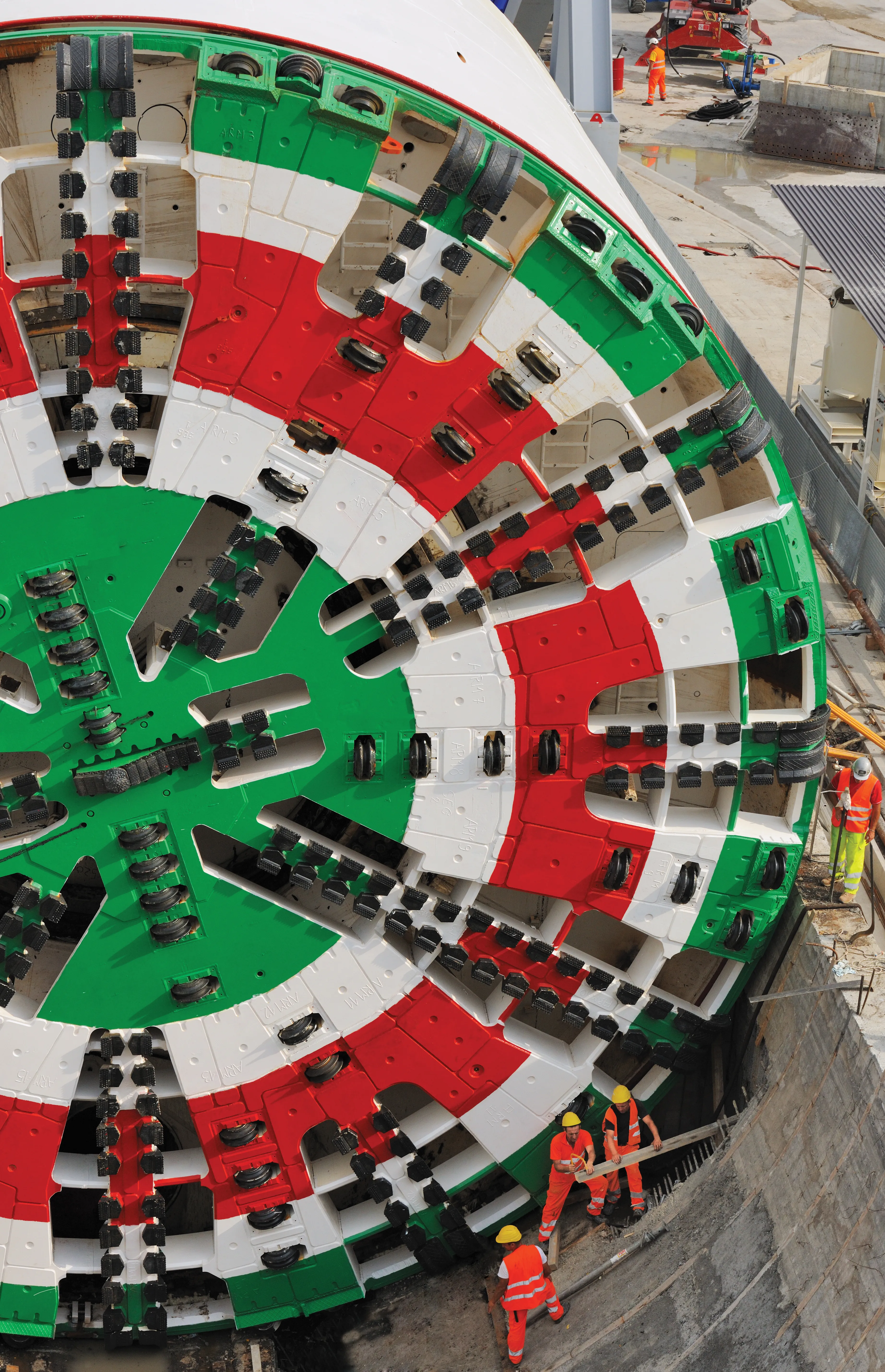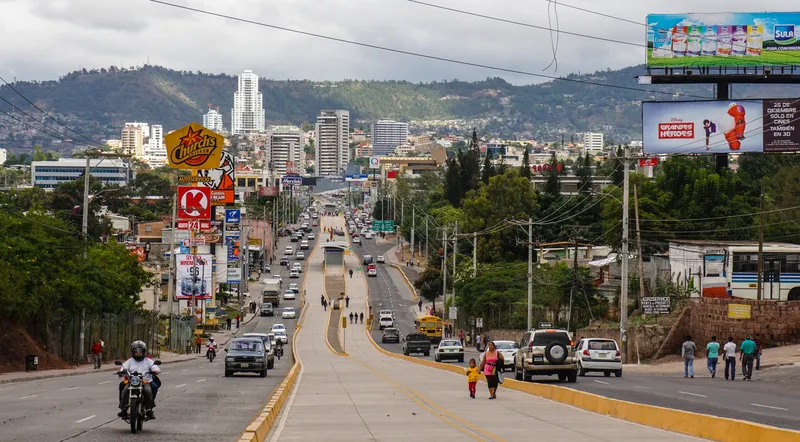
A key road in Costa Rica has been upgraded and now features concrete construction
The road surface now features a 250mm thick layer of concrete, with this construction technique having been selected instead of asphalt as it was considered more suitable for the conditions. The new dual carriageway connects the towns of Canas and Liberia and cost $204 million to construct.
Costa Rica is now working on a project to upgrade a 70km stretch of the Inter-Americana highway, with this due for completion by 2019. The project will cost US$280 million and will be divided into three sections: Limonal to Canas; Sab Gerardo-Limonal; Barranca-Sab Gerardo. The tender for the Limonal to Canas section should open in October 2016, with work starting in September 2017. Work should start on the Sab Gerardo to Limonal stretch in October 2017 and on the Barranca Sab Gerardo section in January 2018.
The Inter-American Highway is a key route for Central America and carries heavy traffic, including a high percentage of large trucks, with this last issue being pivotal to the selection of a durable concrete structure. The Inter-American Highway runs some 5,470km in all, from Nuevo Laredo in Mexico to Panama, also connecting Guatemala, Honduras, El Salvador, Nicaragua and Costa Rica. The route is of major importance to Central America both for trade and transportation as well as tourism. It also forms part of the Pan-American Highway, which runs from Alaska in the US to South America.








